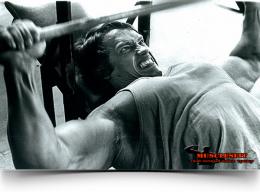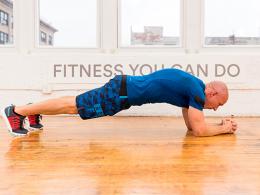What are the types of bench presses?
The bench press on a horizontal bench is certainly a classic, a classic of bodybuilding and powerlifting. The Bench Press is a free weight exercise that is mainly designed to pump the chest, additionally involving the triceps and deltas.
Before proceeding to the article, make sure that you have read the articles:
What are the types of bench presses?
Classic Bench Press
This exercise is performed lying on a horizontal bench. The starting position is the upper point of the amplitude, where the bar hangs over the center of the chest on straightened arms. With a slow movement, the barbell is lowered to the chest, and with a sharp - concentrated movement it is squeezed back - to its original position.
There is another version of the bench, an alternative. In the initial position, the neck rests on the stops inside the power rack. With a strong, confident movement, the bar is squeezed up until the arms are fully extended, after which, with a slow, concentrated movement, it returns to the limiters again.
Bench press with legs on the bench

The only difference from the classic bench press is that the legs are not on the floor, but on the bench, which causes the redistribution of the load on three points: the back of the head, the area between the shoulder blades and the buttocks. This bench press works better than the classics on the pectoral muscles, triceps and shoulders, due to the fact that the amplitude with such a bench press is maximum, there is no bridge or deflection. This type of bench press is ideal for those who have problems in the spine. The minus of the bench press with raised legs is the small working weights, in comparison with the same classic bench press.
Press to touch
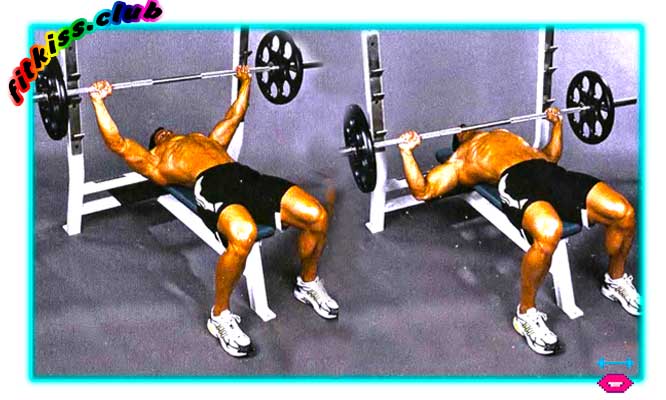
This variation of the bench press is suitable for bodybuilders, not competitive powerlifters. The difference between the “touch” press is that as soon as the bar touches the chest, the bar should immediately be squeezed up. In powerlifting competitions, after lowering the bar to the chest, there is a short pause, squeezing the bar with outstretched arms is allowed only after the permission command.
Bench press in a power rack
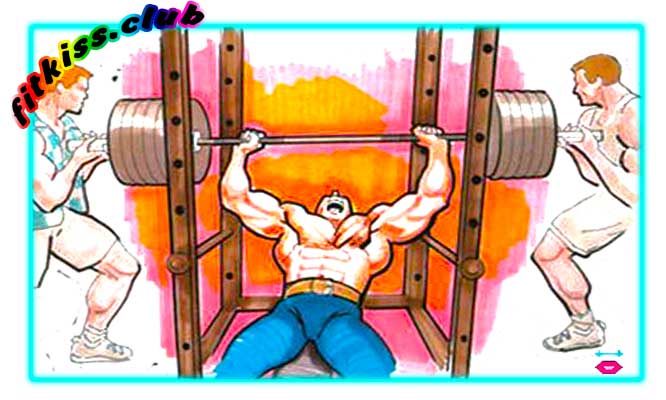
When doing this version of the exercise, the athlete is inside the power frame, at the level of his chest there are limiters on which the bar rests. Each repetition starts from the bottom point. Limiters are placed at chest height. The advantage of this option is safety, the exercise can be done without an assistant.
Incline Bench Press
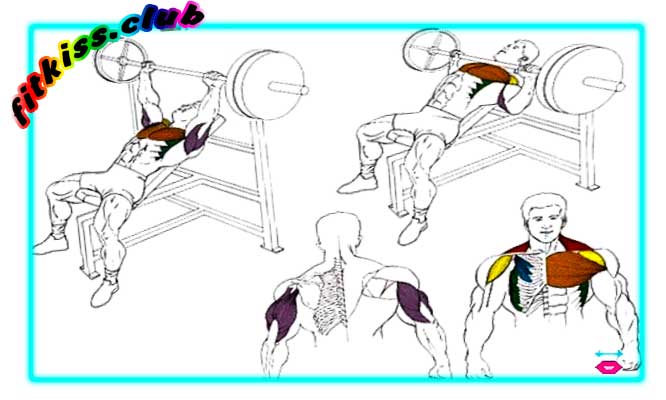
This exercise certainly belongs to the basic exercises, it develops, first of all, the top of the pectoral muscle, expanding and raising the upper part of the chest. During the start of the positive phase of the movement, hold your breath a little, and when passing the “dead point”, exhale strongly. Such a simple technique will allow you to concentrate strength during the press. Keeping your elbows out to the sides will help take the pressure off your shoulders. In the top position, the arms are fully extended. For this exercise, it is not recommended to use a huge barbell weight, the main thing is the technique!
Bench press on a bench with an inclination down
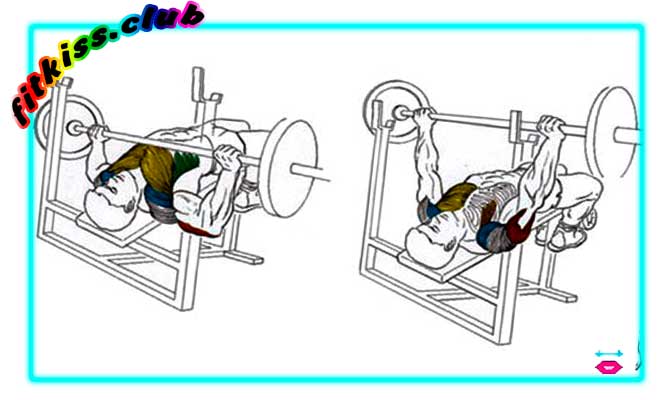
This exercise certainly belongs to the basic exercises to strengthen the bottom of the pectoral muscle, it makes the chest more visible, the lower part of the chest stands out more. The lower part of the chest muscle is stronger than the upper and middle ones, but the exercise itself is not very convenient and quite dangerous. If there is a person nearby who will insure you, you can hook onto the bar a weight of 10 percent more than the weight in the classic bench press. To get the maximum effect from the exercise, try to straighten your arms as much as possible at the top point.
This exercise should not be done if intracranial or intraocular pressure is increased, or if there are problems with the cardiovascular system.
Bench press in the Smith machine
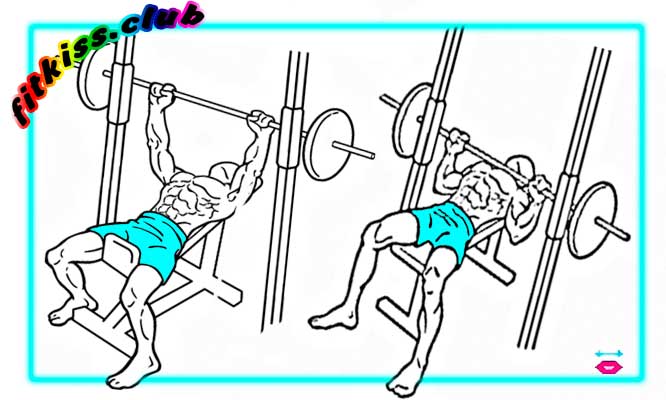
You can bench press in Smith with different angles of inclination. The amplitude of the rod movement has no deviations, moving only up and down. On the one hand, this is a big plus, the amplitude is controllable and the exercise becomes relatively safe, on the other hand, this is also a minus, since stabilizing muscles do not work, without which the process of muscle development and increase in strength becomes inferior. This exercise is quite effective, the central part of the pectoral muscle is loaded nicely (in a horizontal position). True, not in all halls you can find the Smith Machine. It should be noted that the exercise is not suitable for all anthropological types of organism. In case of the slightest discomfort, I advise you to abandon this exercise, returning to the classic bench press.
Reverse press
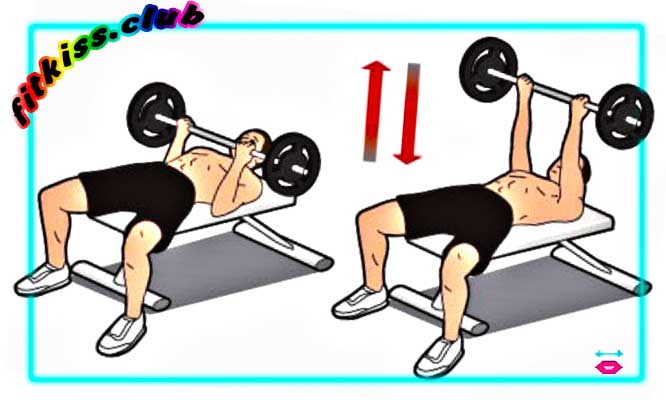
This type of bench press lies more on the top of the pectoral muscle, the shoulder joint is more loaded. The weight is reduced to 1/3 of the weight used in the classic press. The first tests of this type of bench press may be accompanied by discomfort in the shoulder joints. If the discomfort transforms into acute pain, you will have to part with the exercise. When performing a bench press with a reverse grip, be sure to ask to insure you, removing the bar in this variation from the racks is terribly inconvenient, and quite dangerous.
Bench press with back arch
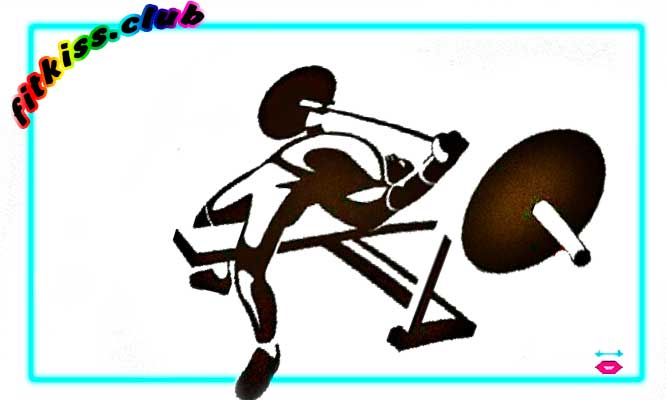
This version of the bench press is characterized by a redistribution of the load on the lower chest. This is due to a change in the angle of the thoracic and transverse spine. When performing this version of the press, the chest initially arches forward and upward. It is necessary to bend as much as possible in the thoracic spine. Such a deflection decently reduces the trajectory of the bar, and the squeezed weight increases significantly.
The increase in working weights in the bench press with arching of the back is due to the fact that the lower chest, in comparison with the middle upper part of the chest, is decently larger and more massive, respectively, and stronger. Bench press with back arch is suitable for trained athletes. The technique in this exercise is quite specific, the weights lifted are large. This exercise is not recommended if you have back problems.
Dumbbell bench press
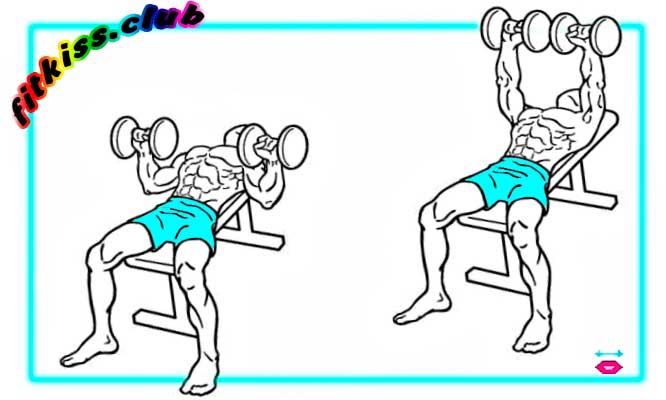
This bench press is performed in the same way as the barbell bench press, only dumbbells are resting in the hands instead of a barbell. Dumbbells allow you to bring your hands together at the top point, and spread them wider than your chest at the bottom, the range of motion naturally increases. The advantage of the dumbbell press is that you can lower the projectile a little lower than the barbell, thus engaging the muscle to a greater extent.
Close Grip Press
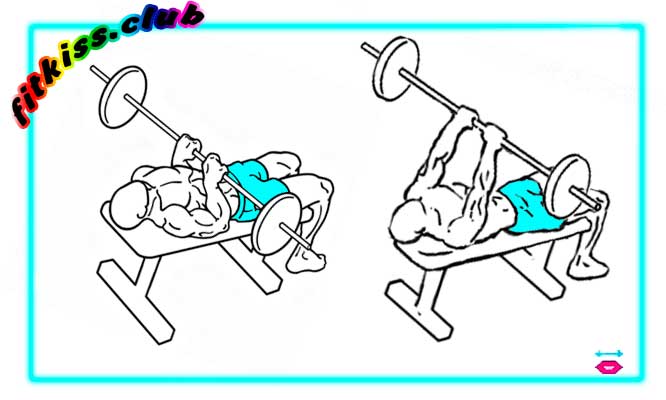
It is considered for the triceps muscle, it fully engages all three bundles of the triceps muscle, additionally developing the upper chest and the front bundle of the delta. This type of bench press significantly increases the strength and volume of the triceps. It also improves the shape of the triceps. For a full study, you need to do the exercise in full amplitude, from the moment the neck touches the chest to the full extension of the arms.
The most effective rep is in the close press, when the triceps have already failed, and you continue to press with the help of the upper chest and shoulders. This version of the bench press necessarily requires a safety net, since the triceps can fail on any repetition, and the bar will simply fall on the chest.
french press
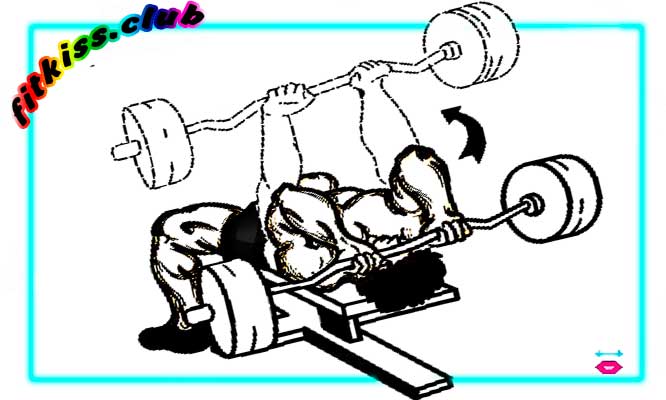
This type of bench press is intended as an additional exercise for pumping triceps. It is not very convenient to perform a “Frenchman” with a barbell with a straight neck, so I advise you to use a curved neck. The grip during the exercise is narrow. The technique of the French bench press is quite diverse, I advise you to use the "comfortable - uncomfortable" method to choose the most suitable technique for yourself.
French bench press is a rather traumatic exercise for the elbow joints. The problem is not so much in the exercise itself, but in the incorrect technique or the use of large weights. Before starting the French bench press, I recommend reading the article ... with video tutorials. If the French press is performed correctly, this exercise will be safe and effective.
Dead Press
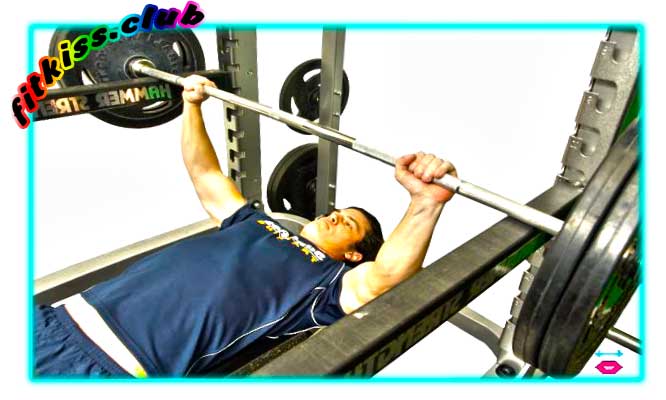
The exercise is focused primarily on the center of the chest, although the entire chest is worked out well. This bench press is performed as follows: the bar in the initial position rests on the latches of the power frame (or racks with latches). The latches are located in such a way that the upward movement starts from the “dead center”. Having accordingly risen up, the bar falls again on the clamps, from where the next repetition begins. The main plus is that the range of motion in the elbow joints is minimal, which allows you to take a decently larger weight. The main disadvantage is that breast pumping with this option will not be complete.
Well, here we have learned what types of bench presses exist. If you figure it out, each bench press is of strategic importance for the structure of the chest muscles, and if you decide to do bodybuilding tightly, you will eventually have to master all the bench press options and choose which ones suit you the most. Perhaps that's all for today.
Thanks to. Then I'll start today.
Wow, how many types of bench press.
I thought only three, four and all.
Excellent and detailed article. But in my opinion, in the described varieties of bench press, one, the most effective one, is missing - the guillotine-style bench press. It is also called the Vince Gironde bench press. Its essence is to lower the bar with a wide grip on the base of the neck, with the legs raised and bent at the knees. By the way, since Arnold himself trained at the Gironde from time to time, a similar exercise was in his arsenal. Is this not the phenomenon of his magnificent pectoral muscles?


